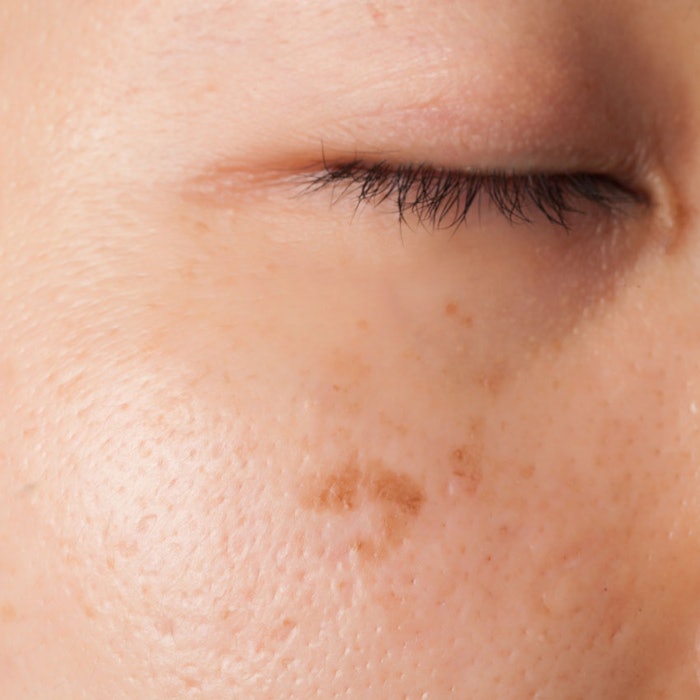
A recent study in the Journal of Investigative Dermatology linked the formation of dark spots on the skin—known as lentigenes—with levels of traffic-related air pollution and air pollution-associated gases.
Women from Germany and China participated in the study, but the most significant changes were revealed in the cheeks of Asian women over 50.
"In addition to particulate matter, traffic-related air pollution is characterized by increased concentration of nitrogen dioxide (NO2),” said lead investigator Jean Krutmann, M.D., of the IUF-Leibniz Research Institute for Environmental Medicine, Dusseldorf, Germany. “While NO2 exposure is known to be associated with low lung function and lung cancer, the effect of NO2 on human skin has never been investigated. This is important because environmentally-induced lung and skin aging appear to be closely related."
Women in Germany Vs. China
One group of 806 Caucasian German women participated in the Study on the influence of Air pollution on Lung function, Inflammation and Aging (SALIA). In a range between 67 to 80 years old, the age average was 73.5, and 20% of this group had a smoking history. These participants were reported to have spent an average of 2.6 hours per day in the sun.
The second group was made up of 743 Han Chinese women from the Taizhou region.Their ages ranged from 28 to 70 with an average of 59, and 20% of this group had a history of smoking as well. The average daily sun exposure, however, was reported at 3.5 hours.
Many more women in the SALIA group reported using cosmetics with sun protection, 61% vs. 4.2%.
The mean levels of NO2 exposure were:
- 28.8 µg/m3 in the SALIA study and
- 24.1 µg/m3 in the Taizhou China group.
Further Details and Discoveries
Exposure to NO2 was associated with more lentigenes on the cheeks in both groups of women, specifically, those who were over the age of 50. However, there was no association seen on the back of the hands or forearms.
Approximately 25% more dark spots are connected to an increase of 10 µg/m3 in NO2 concentration.
Trained personnel examined dark spots utilizing photo reference scales and a validated skin aging score system (SCINEXA).
The investigators looked further into what had greater impact on dark spot formulation. They discovered NO2 gas had a slightly stronger effect than particulate matter concentration.
"To the best of our knowledge, this is the largest epidemiological study demonstrating a link between traffic-related air pollution and the formation of lentigenes," said co-investigator Li Jin, Ph.D., of Fudan University's State Key Laboratory of Genetic Engineering and Ministry of Education Key Laboratory of Contemporary Anthropology, Collaborative Innovation Center for Genetics and Development, School of Life Sciences, Shanghai, China and the Fudan-Taizhou Institute of Health Sciences, Taizhou, Jiangsu, China. "The findings also strengthen the concept that the pathogenesis of lentigenes might differ depending on the anatomical site."
10 Facts About Lentigenes
- They are known as liver spots.
- They are small, darkened areas of the skin.
- They may enlarge, and separate patches may emerge.
- Commonly found on the face, forearms, hands and upper trunk
- Normally a brown color, sometimes yellow-tan to black
- More common in light-skinned individuals
- In the United States, solar lentigenes are noted in 90% of Caucasians older than 60; 20% in those younger than 35.
- They may contain an increased number of the melanin-forming cells of the skin (melanocytes).
- They are generally benign.
- Some forms may be pre-cancerous.
Source: EurekAlert!










